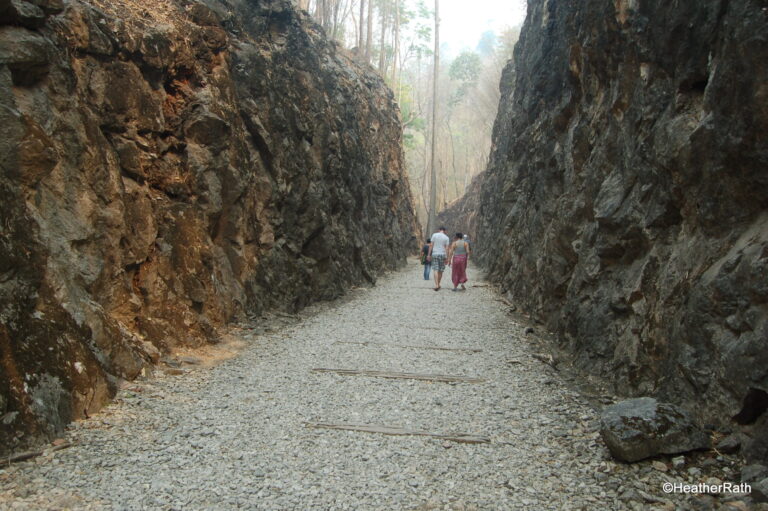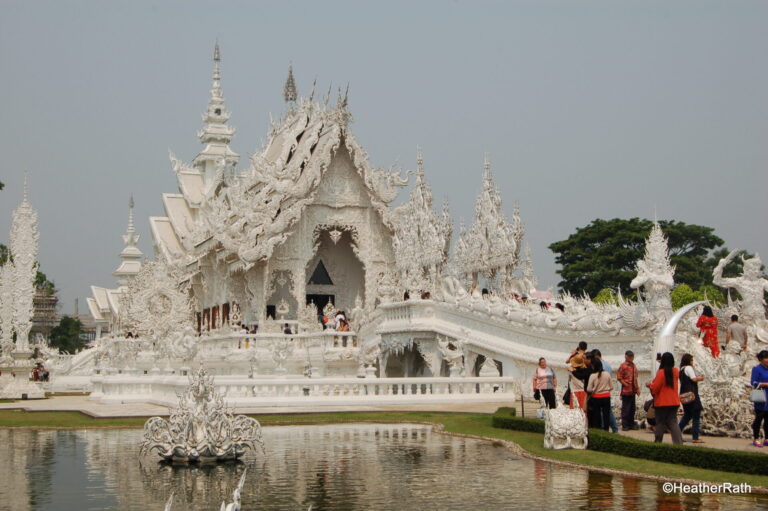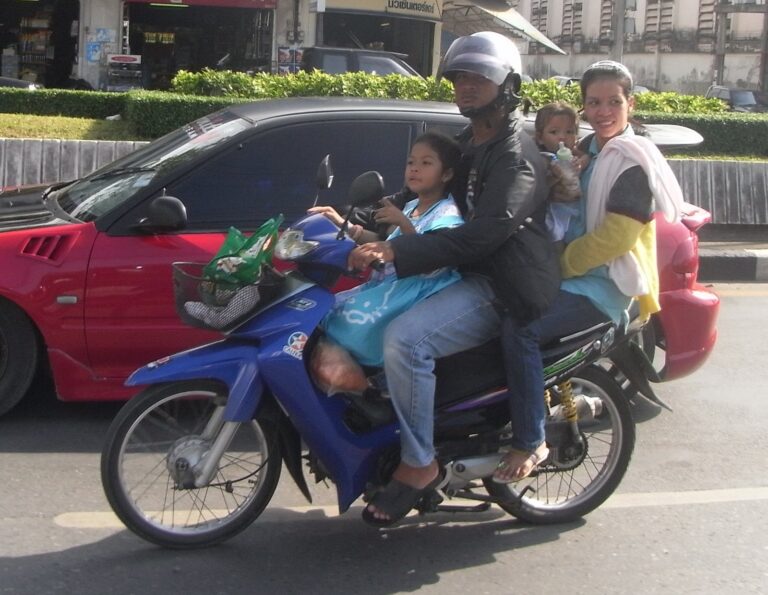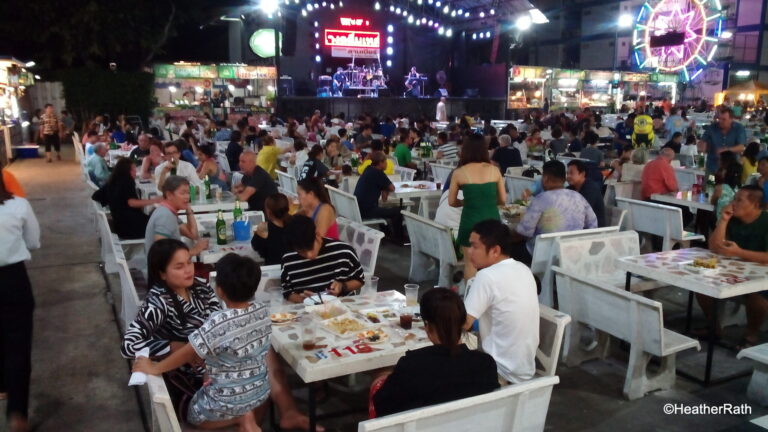Thai Elephant Day: A Feast for Nobility
The Thai Elephant
The noble elephant (‘chang’ in Thai) has a background as mighty as its size. An important part of Thailand (formerly Siam), this magnificent mammal is synonymous with its native country. Since ancient times, the kings of Siam, astride their mighty elephants, led the charge into battle against neighbouring kingdoms like Burma and Malay. The more elephants the king owned, the more his status and royal power.
Spiritual Significance
The elephant is associated with a higher spiritual power through a long history with Buddhism and Hinduism.
White Elephant
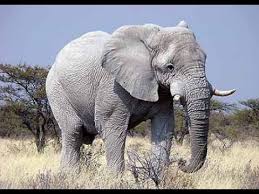
The pinkish skinned elephant is known as the white elephant. These light skinned pachyderms, considered sacred, added more prestige and power to the king’s royal entourage.
‘White Elephant’ expression
In English, this term means a spectacular and prestigious thing: more trouble to own than it’s worth. The origin is from the historic practice of the King of Siam. He gave rare albino (pinkish skinned) elephants to courtiers who displeased him. Cost of the animals’ upkeep eventually ruined them.
‘The elephant in the room’
Because of its enormous size, this large animal is used in the idiom ‘the elephant in the room’. Everyone in the room is aware of a common problem, but everyone chooses to ignore it.
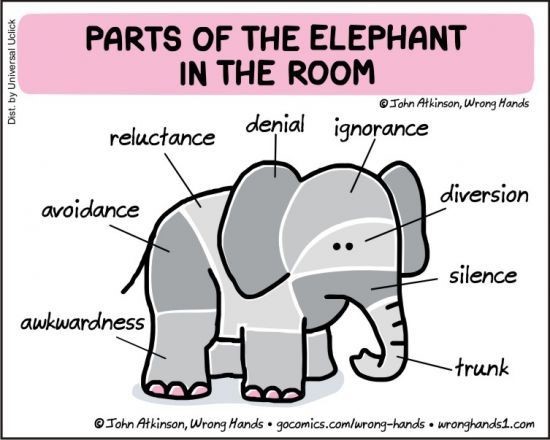
Chang Thai Day
On March 13th each year since 1998, the Thais honour their magnificent beast of burden. The March 13th day coincides with the designation of the white elephant as the national animal of Thailand on March 13, 1963. While wintering in Thailand, we attended a special breakfast on this day to honour elephants.
Current elephant numbers
Elephant numbers here have shamefully dwindled over the years. In 1900, Thailand proudly boasted an estimated 100,000 elephants. Today, that number is sadly reduced to about 3000 living freely (wild in protective national parks) or in captivity.
The country’s logging and tourism industries use elephants. Local wildlife organizations attempt to rescue these captives.
Elephant breakfast
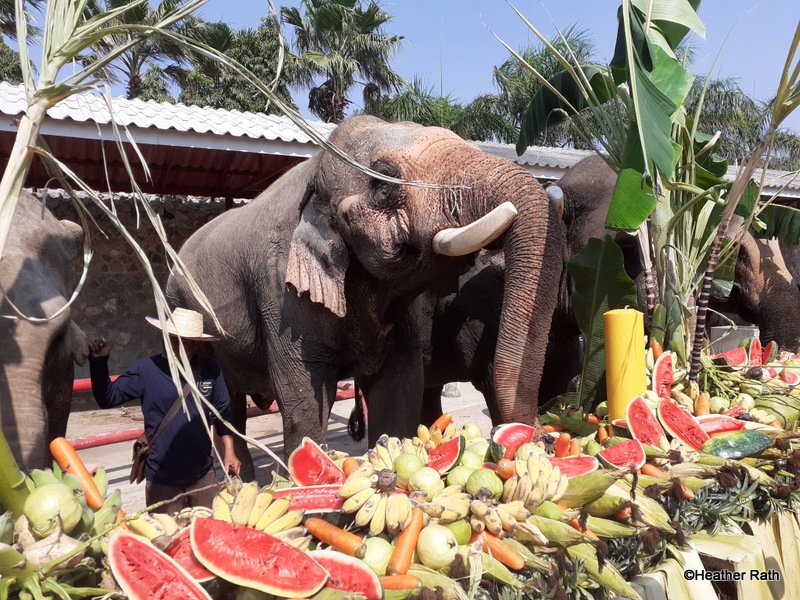
Elephants at their breakfast table with corn, carrots, watermelon, bananas, pineapple, guava, papaya. Their favourites were corn, pineapple and watermelon.
We attended a magnificent brunch prepared by volunteers on Thai Elephant/Chang Thai Day at an elephant rescue park in Hua Hin, Thailand.
Atop a long banquet table supported by waist-high sugar cane stalks was displayed an edible feast fit for nobles. The table was groaning with fresh fruits and vegetables: corn, carrots, watermelon, bananas, pineapple, mango, guava, papaya…and more. Peek at our photos.
Corn on the Cob
Fascinated, we watched an elephant carefully wind its trunk around a corn husk. Its trunk delicately inserted the husk into his mouth. While in his mouth, the elephant carefully, cleanly, stripped the outer corn leaves, and dropped them to the ground. He then munched and crunched, enjoying the cleaned cob. Immediately, he reached for another ear of corn.
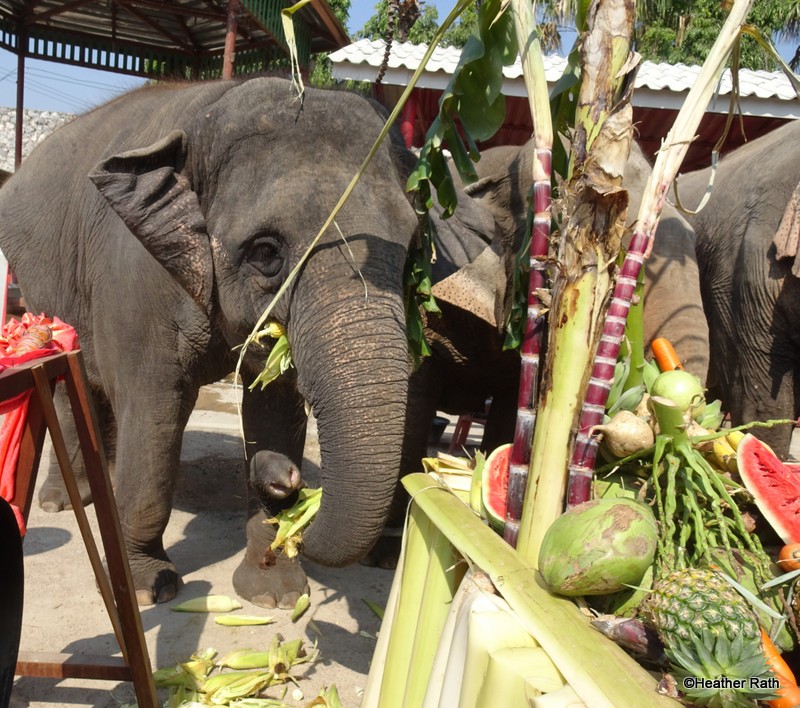
Final Elephant Fable
There are elephant jokes aplenty. This one is a fitting Thai anecdote: marriage is like an elephant – the husband is the front legs, that choose the direction, the wife is the back legs, providing the power.
Travelled: March, 2020
